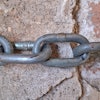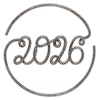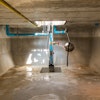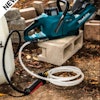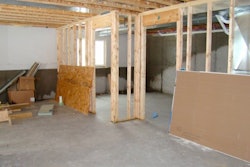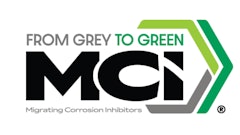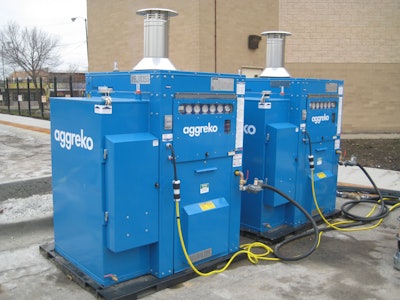
A car dealership in Manitoba needed a full heating solution to cure concrete in winter ambient conditions as low as -40°F. Winterization programs in Canadian provinces, such as those pertaining to concrete curing, require robust capabilities to deal with subzero temperatures, where heat requirements are typically twice as high compared with concrete curing programs in the northern U.S.
In a typical concrete curing schedule, the onus is on maintaining a typical 60°F curing surface temperature, regardless of freezing ambient air temperatures, predicating the need for a well-planned insulation strategy while the poured concrete is curing.
During winter, the challenge to quality management of poured concrete throughout a typical 14-to-21 day curing process benefits from fuel efficient ground heater technology capable of continuous operation. Contractors want to be assured of very precise temperature control of the curing process.
The Solution
The list of equipment proposed was solely to cure concrete in freezing conditions. In planning for concrete curing under subzero weather conditions, cash preservation and reduced fuel consumption drove the solution, which is why Aggreko heated the concrete using expendable heat transfer tubes embedded in the concrete pours.
In this application, a propane fired boiler was found to be the most fuel efficient system with minimal power draw while connected to a grid of tubing spaced 30 to 45 cm (1 to 1.5 ft) apart ensuring uniform heating of the poured concrete in a confined area.
The client was involved in pre-planning and on through to equipment setup and removal, ensuring best practices coverage of all the parameters influencing cured concrete quality, including remote monitoring, detailed installation steps and insulation. Depending upon the specifications of the concrete batch, cured concrete surfaces are typically covered by insulation tarps.
Results
The project was kept on time and under budget. The construction sector is constantly growing in the Manitoba area, and utilization of a propane fired boiler providing consistent heat delivery through a network of tubing in the concrete is a reliable method for concrete curing.
In concrete curing, fuel consumption rather than choice of equipment is the primary cost, but what differentiated Aggreko in this service was the technical support. This included team lead comments and no-charge weekly advanced reporting to uncover major cost savings and adapt to changing project needs. To back up this level of expected reliability, Aggreko ensures a 24/7/365 availability, including having a tech on site within two hours in the event of a failure.
Local competition involving heating equipment is huge, which is why project scope initially comes down to price. However, Aggreko’s “rapid deployment” generators and heaters with remote monitoring give the industry the flexibility to effectively cure concrete in winter. The game changer under such conditions is leveraging these assets to stay on schedule and avoid developments that could disrupt the curing process.
